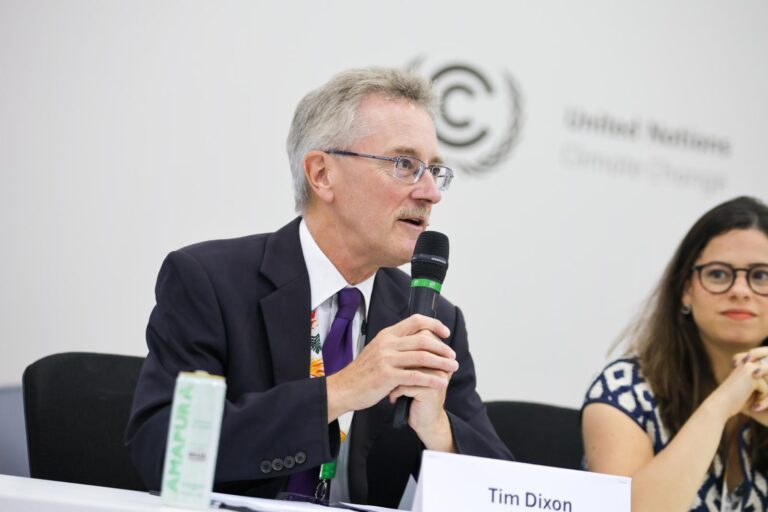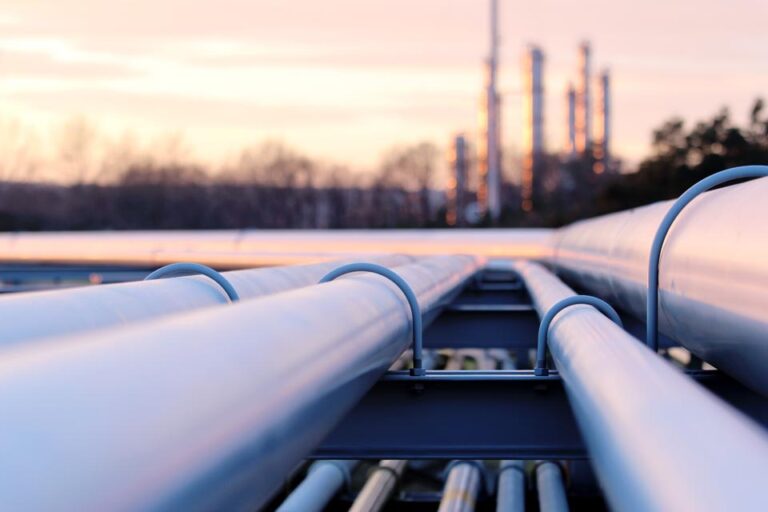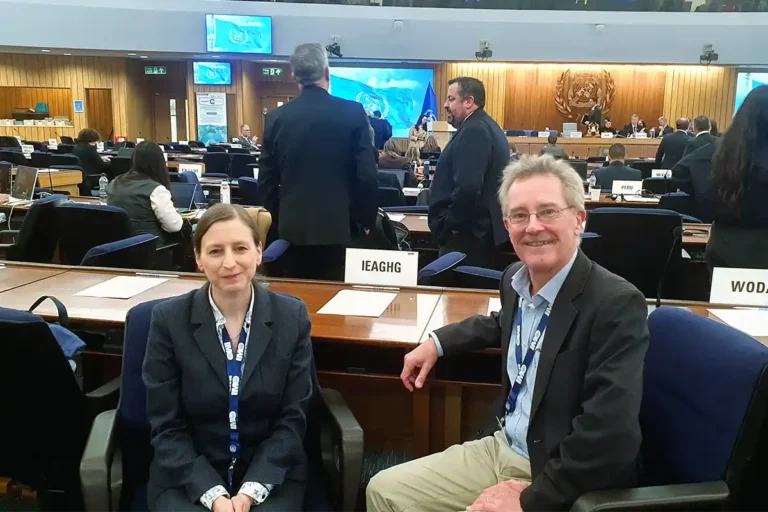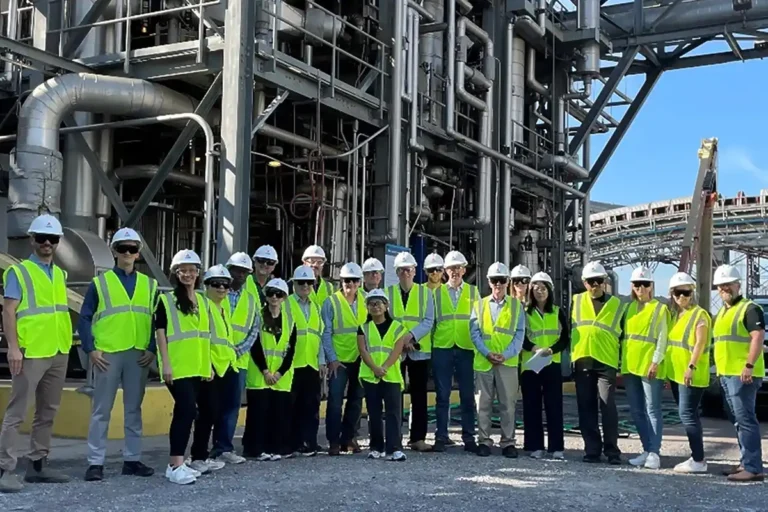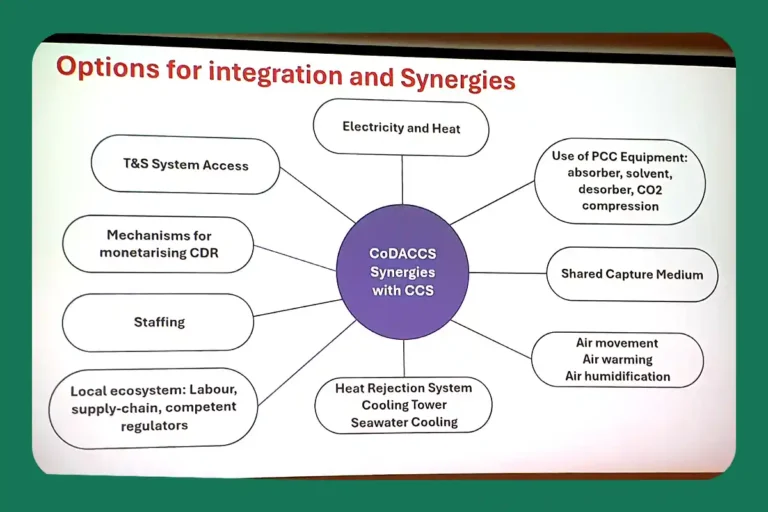
New IEAGHG Report: 2016-13 Fault Permeability
26 October 2016

Fault zones are widely recognised as being important to the secure long term storage of CO2 as they could provide a leakage pathway out of the target reservoir. Fault characterisation within reservoirs, especially where they extend into caprock, and other overlying formations, needs to be thoroughly understood as part of any risk assessment for CO2 storage. The aim of this study is to review what is known about the permeability of fault zones in order to highlight under what circumstances faults may impact overall storage integrity.
The behaviour of fault zones in relation to sub-surface fluid migration is important to many industries and consequently has been comprehensively documented in the literature. CO2 operations involve the injection and pressurization of reservoirs usually resulting in changes to the state of in-situ stresses which may modify fault properties. Instability could lead to slippage along pre-existing faults or fracture systems, which may be associated with seismicity. In addition, the movement of faults, and the generation of factures within the damage zone adjacent to the core, may create conduits that lead to the leakage of fluids to the surrounding overburden or even to the surface.
In 2015 IEAGHG published a study reviewing the geomechanical stability of faults during pressure build up which provided a helpful background to the behaviour of faults in stress regimes relevant to CO2 storage. This study is designed to build upon the previous work and provide a significantly broader review of the current state of fault zone permeability and also to investigate what mitigation options may be available to CO2 storage operations if leakage was to occur.
Key Messages
- CCS requires the secure retention of CO2 in geological formations over 1000’s of years. To achieve this, characterisation of target injection formations, and their structural features including faults, is essential to ensure leakage does not occur.
- Faults can either act as barriers to fluids, or as conduits for migration. Consequently, the properties of faults that dissect or form a boundary with potential CO2 reservoirs, need to be determined.
- The significance of faults has long been recognised in the petroleum, mining and geothermal industries, but CO2 storage is less mature and more experience and research related to faults would be beneficial.
- The objective of this study was to review recent research on the permeability (a measure of the ability of rocks to transmit fluids) of faults in CO2 storage, particularly how different geological processes can either cause faults to help retain fluids within a reservoir, or lead to migration along or across faults. It builds upon an earlier study which looked at the role of geomechanical stress on faults.
- There is widespread experience of working with faults and fractures and provided there is sufficient characterisation of their properties they should not restrict storage development.
- If fault zones are present they need to be carefully characterised to ensure the development of an effective containment assessment and to inform the development of operational constraints and monitoring plans.
- A number of mitigation measures have been proposed to counter potential leakage. These include hydraulic barriers, biofilms and reactive cement grout. Changing subsurface pressure has been seen to be effective: there is strong evidence of the reduction in flow of a natural hydrocarbon seep caused by depletion of an offshore oil reservoir hydraulically linked to the seeps.
Other articles you might be interested in
Get the latest CCS news and insights
Get essential news and updates from the CCS sector and the IEAGHG by email.
Can’t find what you are looking for?
Whatever you would like to know, our dedicated team of experts is here to help you. Just drop us an email and we will get back to you as soon as we can.
Contact Us NowOther articles you might be interested in
Get the latest CCS news and insights
Get essential news and updates from the CCS sector and the IEAGHG by email.
Can't find what you are looking for?
Whatever you would like to know, our dedicated team of experts is here to help you. Just drop us an email and we will get back to you as soon as we can.
Contact Us Now


